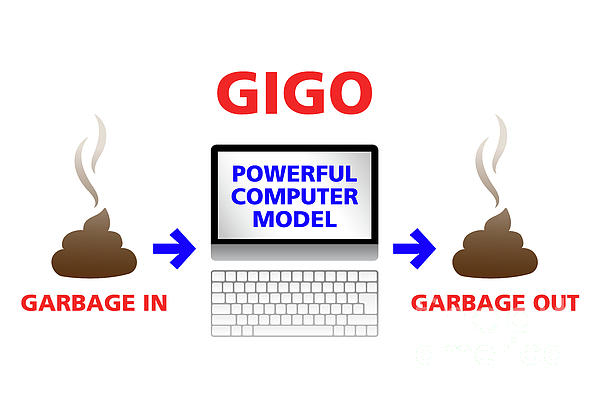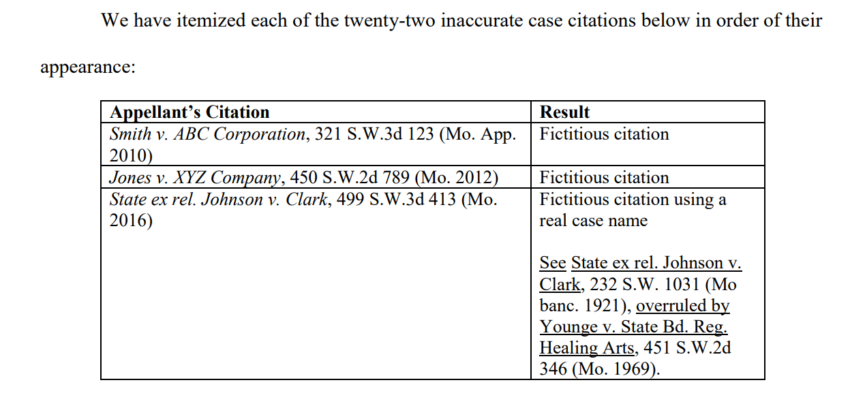Legal-decision readers are familiar with quotation parentheticals like (emphasis added/omitted/changed), (alteration in original), (quotation marks and citation omitted), or (cleaned up). A new kid shows up every once in a great while: (emojis omitted). I noticed (emojis omitted) in the August 29, 2024 memorandum decision from the Indiana Court of Appeals Shannon v Indiana, 23A-CR-2744…
Tag: legal writing
Seeing how judicial decision-making benefits when using a “focus order”
A “focus order” is an order from the court to the parties directing them to focus their upcoming briefing and argument on specified issues. The Michigan Supreme Court routinely includes “focus” instructions in its argument orders. For years, the American Academy of Appellate Lawyers has found the focus order tool to be positive and productive…
The case for adding the new Black’s Law Dictionary (12th Edition) to your legal-writing toolbox
The 12th Edition of Black’s Law Dictionary was released early last month. Chief Editor Bryan A. Garner and publisher Thomson Reuters highlight that 2,500 new terms have been added to the more than 70,000 law-related words and phrases. Thousands of Latin maxims also make their debut. Plus, every page has been supplemented and revised. Price:…
Prompting Claude.ai and ChatGPT to outline a new Michigan Supreme Court decision
Today, the Michigan Supreme Court issued a split opinion in People v Prude (Docket 165664)—a case that was decided without oral argument. Because users can now attach files with their “prompts” when using the free versions of the generative AI tools Claude.ai and ChatGPT, I decided to take each for a spin to outline the…
Justice Barrett’s dissent-framing style
Justice Barrett’s recent dissent in Fischer v. United States captures her statutory-analysis approach. Her conversational writing style—one that can be easily understood by the lay public—may be thought of as common sense. It’s also fair to assume that Justice Kagan contributed to some of its tone since she (and Justice Sotomayor) joined it. Justice Barrett’s…
Informational brackets can be used to describe text or social media exchanges
The Court of Appeals in Ohio recently issued an opinion that nicely describes message exchanges that happened on Facebook Messenger—and the court did it without copying and pasting images. Instead, the opinion uses informational brackets as highlighted below from an excerpt. The risk of using uncaptioned images in opinions is that the images are often…
How judges can draft and add easy-to-understand summaries in their written decisions
Summary for Pro Se Plaintiff The magistrate judge is recommending that the motion for summary judgment be granted. Your evidence does not show that Nurse Yule, Nurse Practitioner Housley, or Dr. Wong acted in ways that they knew were likely to cause you additional harm or suffering. Such evidence is required to show a violation…

Testing should be believing: AI tools like ChatGPT, Claude, Gemini, Copilot, etc. cannot be used for primary legal research or drafting
Given the continuing reports about lawyers being referred for professional discipline or self-represented litigants being sanctioned for AI-generated court filings that include bogus content, today I took the most common (and free version) AI tools for a legal research and writing test. TL;DR: Do not use. Spare yourself the risk of sanctions and professional discipline….

Even self-represented litigants can be sanctioned for court filings that include AI-generated, bogus case law cites
A Missouri business owner opted to handle his own appeal following a November 2022 unpaid wages judgment ($311,313.70 with interest accruing 9% per year). For the research and writing part, the self-represented business owner hired an online consultant who claimed to be a California-licensed attorney. (See page 2 of the Reply brief for the explanation.)…
Putting Claude.ai to work creating outlines of filed court briefs
Given Anthropic’s Claude.ai’s impressive ability to handle .pdf uploads and complex prompts, it seemed only right to upload public efiled court briefing, put the AI-created output in comparative table form, and see how things would go. Overall? Pretty darn good! Check out how well (with a couple of misses) Claude followed my instructions on how to…